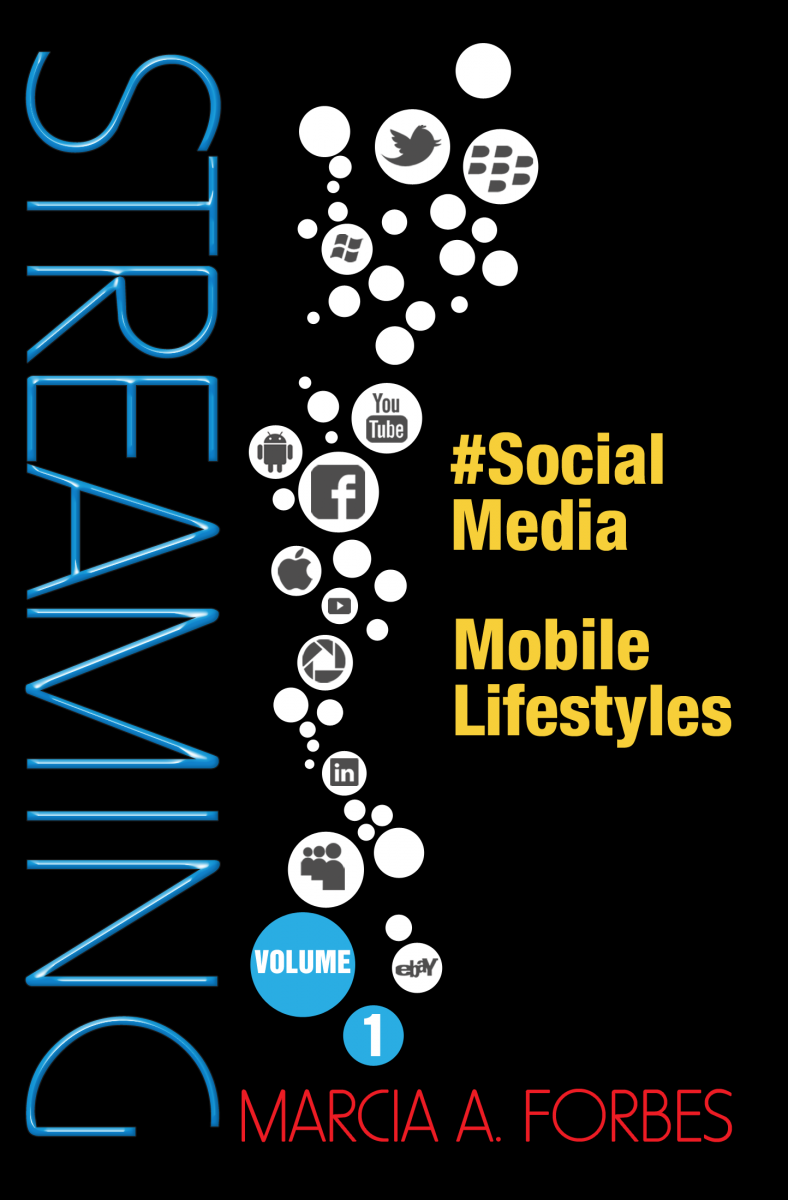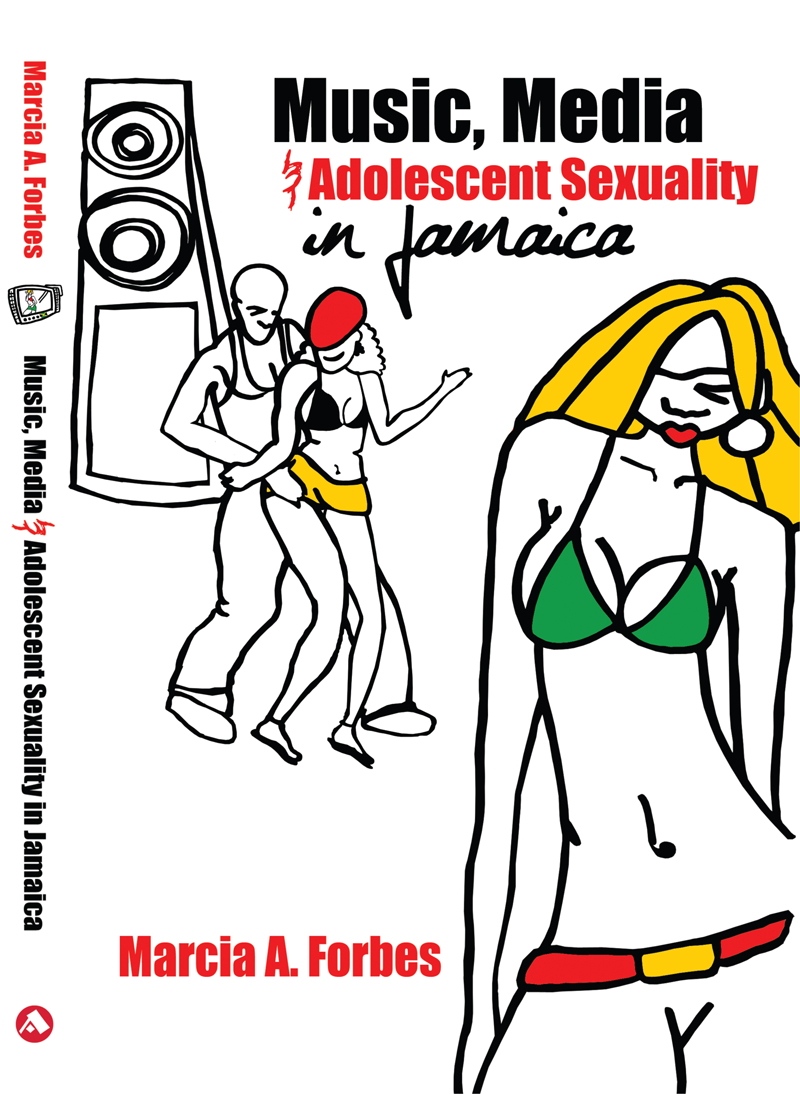Language and Lyrics—The Rampin Debate
Burdened by a sense of duty to make the research findings widely available, a book detailing them is substantially completed. Fine tuning and publication await defense of the thesis (oral examination), since one cannot publish thesis work in a fulsome manner prior to such defense. I continue to await the orals. However, I am driven to add my voice to the raging controversy over Ramping Shop and the decision by the Broadcasting Commission since I am one of the few Jamaicans who have generated primary empirical data regarding the influence of music on our youths.
Over the period 2004 to early 2006 my work involved in-depth interviews, focus group sessions and questionnaires with over 500 adolescents across 6 parishes in Jamaica. Overwhelmingly, adolescents, especially girls, watched music videos so as to learn the words of the songs. Older teens were also particularly drawn to music videos for this reason, with almost 90% of 16 to 18 year olds, indicating that they mainly watched videos to learn the lyrics. Clearly then our teenagers know the lyrics of Ramping Shop! They would be in tune with Kartel’s sexual joy of being squeezed like handcuff and Spice’s encouragement to him to “ramp ruff till me belly cramp up.”
These are the kinds of lyrics our youths have been consistently exposed to for several years now. Not just on radio and TV but in public spaces across the island. Some girls in St. Thomas were delighted that their vaginas were tight since this fulfilled Kartel’s requirement (per the lyrics of another of his songs) of a “sensitive ukubit”. It validated them and made them feel worthwhile. But several other girls (and some boys as well) across the island were insulted or turned off by these lyrics. In general, girls of all ages across adolescence complained of being reduced in these and similar songs to the sum total of their vaginas.
Arguments that the lyrics in hip hop and soca are similar to those in dancehall and other songs by our local artistes miss an important point. The way in which Jamaicans relate to our indigenous artistes and music is different from how we relate to those from outside. Language plays a part in this. It is much easier for local youths to tap into the nuances of expressions used in dancehall and reggae music than those in soca and hip hop. This might help to explain why only about a half of them felt that hip hop videos talked about sex either often or very often, compared to almost three quarters of them who felt this way about dancehall videos. Soca didn’t even appear on the radar screen.
While local youths may miss the words and slangs with sexual connotations in hip hop and soca songs, this is highly unlikely with our indigenous music. Although in Jamaica words and slangs take on new meaning with remarkable speed, our young people are always ‘up to the time’. Take the number ‘2’ or the word ‘fish’ and the negative sexual connotations ascribed to them. Youths are very aware of this, to the point of being ridiculous about avoiding saying ‘2’. Songs and music videos do not exist in a cultural vacuum and our local music and videos are closer to home to us as Jamaicans than are soca, hip hop and other foreign genres.
The findings of my research work point to links between music video consumption, particularly the dancehall genre, and risky sexual attitudes and behaviours among Jamaican adolescents, in particular young boys. Those who accuse the Commission of hypocrisy should check themselves and examine their motives for such accusations. Better late than never, is my view regarding the actions of the Commission.


